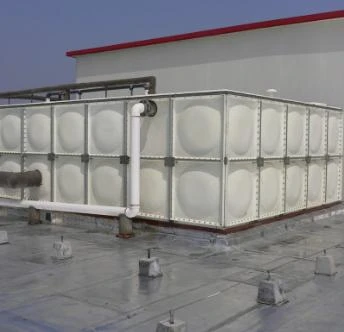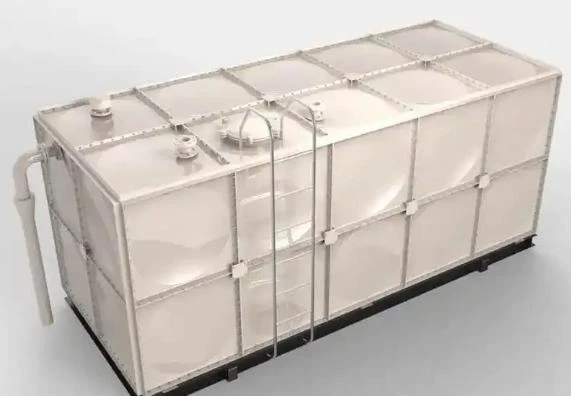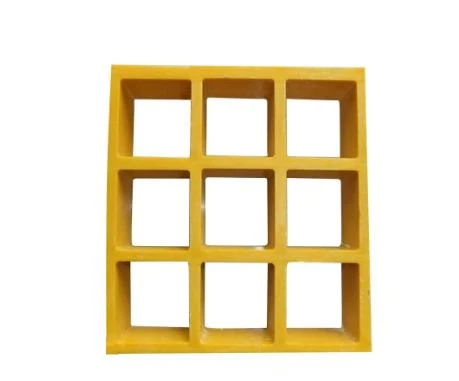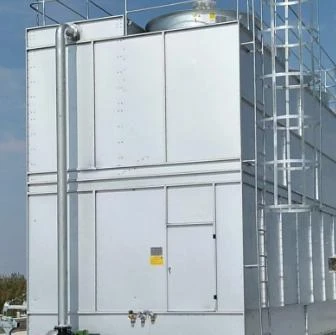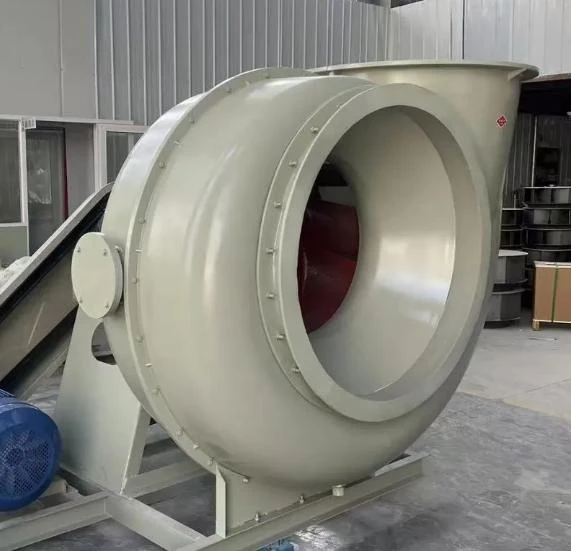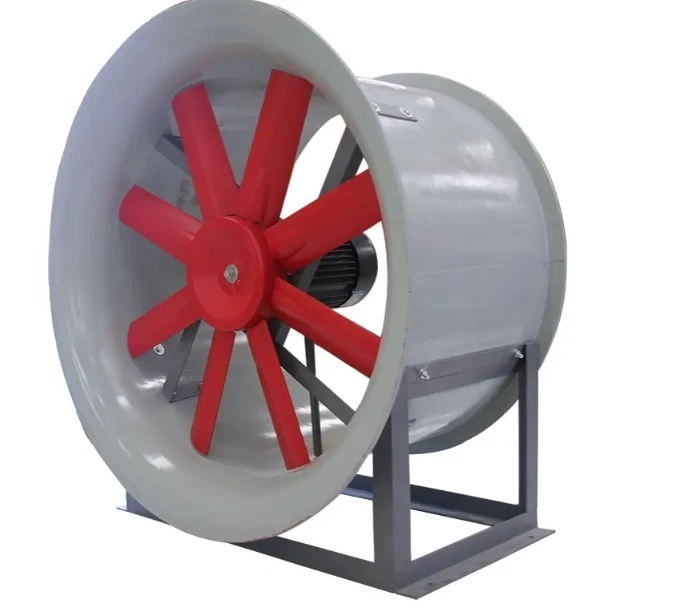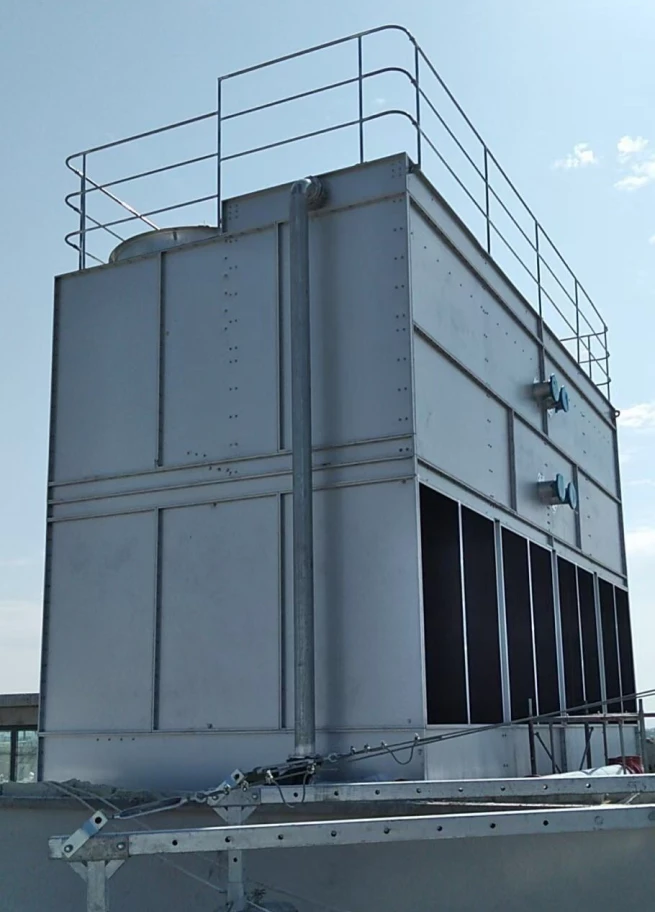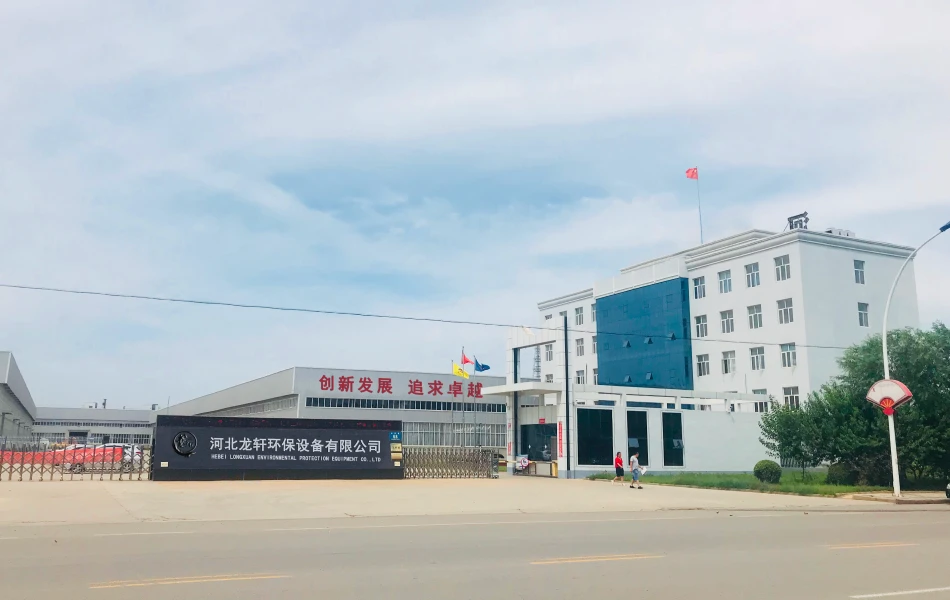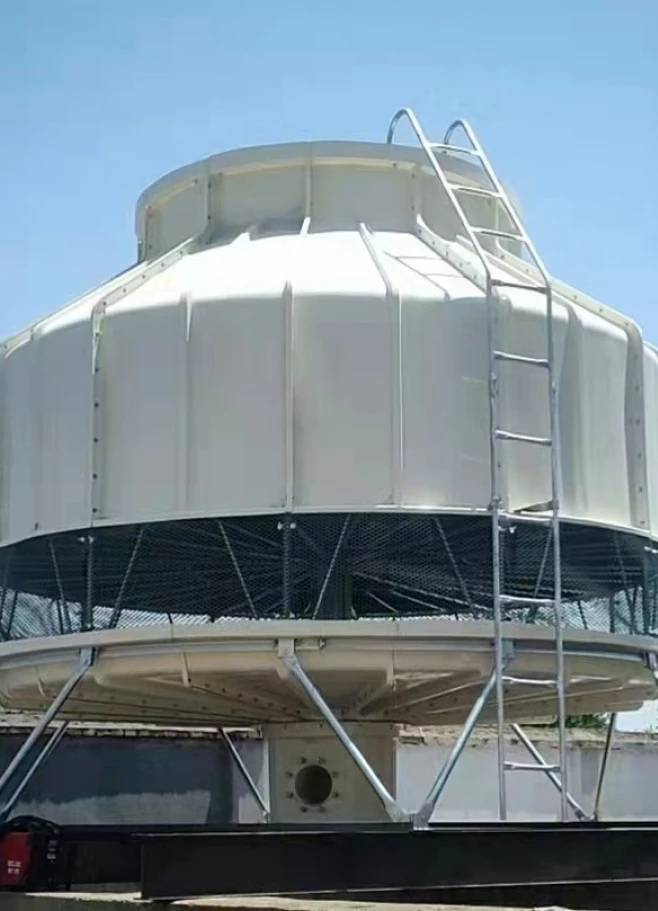

We Are Open 24 Hours a Day, 7 Days a Week, Including Weekends and Public Holidays.
- Industrial heat rejection challenges
- Principles of evaporative cooling mechanics
- Water consumption and operational comparisons
- Hybrid system configurations and applications
- Performance metrics and maintenance requirements
- Industry-specific implementation frameworks
- Operational reliability enhancement strategies
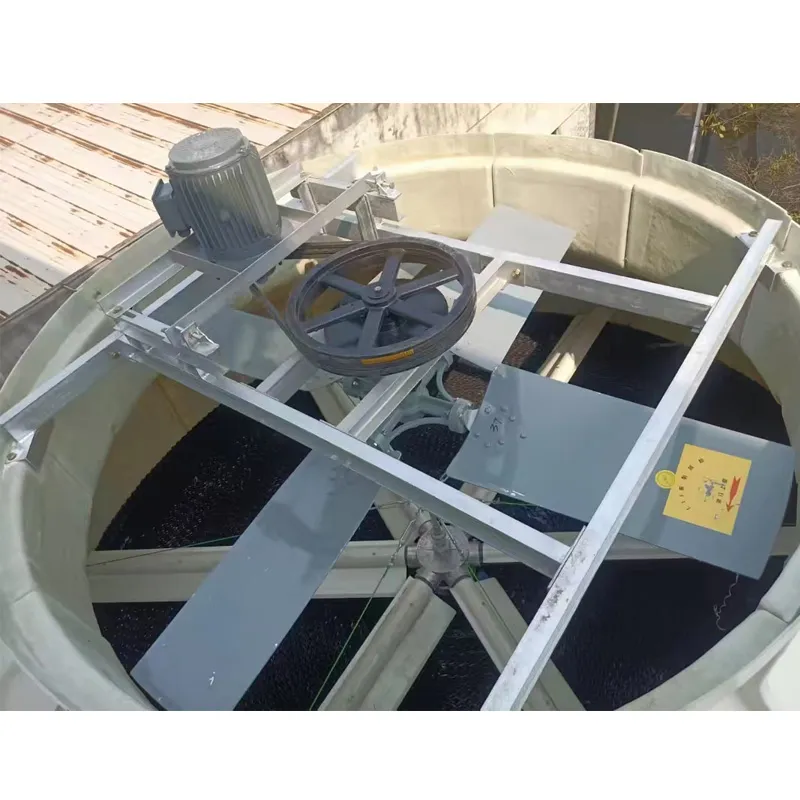
(a cooling tower)
Fundamentals of Industrial Heat Rejection Technology
Modern industry's thermal management landscape fundamentally relies on efficient heat rejection systems. Cooling towers represent a critical solution across power generation, manufacturing, and HVAC sectors, where regulations mandate 30-50% reduction in thermal pollution for new installations. A cooling tower facilitates heat transfer through direct water-air contact, enabling facilities to discharge excess thermal energy while minimizing environmental impact. Unlike air-cooled systems that struggle above 35°C ambient temperatures, evaporative cooling designs maintain efficiency during peak demand periods. Industrial operators increasingly prioritize systems that reduce water consumption by 15-25% annually while maintaining ≥95% continuous uptime requirements.
Evaporative Cooling Mechanics and Operation
Evaporative cooling in cooling tower systems leverages water's latent heat of vaporization (approx. 2,260 kJ/kg at 100°C) to achieve efficient thermal transfer. This process occurs when circulating water encounters airflow through three operational zones: the spray distribution system, heat transfer fill media, and collection basin. Design variations produce distinct operational profiles:
- Counterflow configurations yield up to 25% better thermal transfer efficiency versus crossflow designs
- Drift eliminators reduce water loss to 0.0005% of circulation rate
- Variable frequency drives optimize fan energy consumption by 18-35%
During operation, water temperature typically decreases 5-12°C (9-22°F) depending on ambient wet-bulb conditions. Material selection crucially impacts longevity - stainless steel components provide 1.8x lifespan over galvanized alternatives in corrosive environments.
Comparative Analysis of Heat Dissipation Methods
Understanding cooling pond and cooling tower differences reveals critical operational tradeoffs for facility managers:
| Parameter | Cooling Pond | Mechanical Draft Tower | Natural Draft Tower |
|---|---|---|---|
| Space Requirement | 250-500 acres per GW | 1.5-3 acres per GW | 1-2 acres per GW |
| Evaporation Loss | 4,000-7,000 gal/MWh | 300-500 gal/MWh | 280-450 gal/MWh |
| Capital Cost | $50-100 million | $20-40 million | $70-150 million |
| O&M Costs (Annual) | $1.2-2.5 million | $3.5-5 million | $1.8-3 million |
| Temperature Approach | 7-15°F above WBT | 5-10°F above WBT | 4-8°F above WBT |
This comparison demonstrates how mechanical draft towers provide space efficiency but require greater operational oversight, while natural draft installations deliver superior performance for large-scale applications despite higher initial investment.
Hybrid System Architecture for Sensitive Applications
Closed cooling systems with cooling tower components merge the protection of sealed heat exchangers with evaporative cooling efficiency. This configuration isolates process fluids from external elements while leveraging the tower's heat dissipation capabilities. Typical implementations include:
- Plate heat exchangers with counterflow tower arrangements
- Glycol-based coolant loops for freeze protection
- Automated blowdown controls maintaining ≤2,500 ppm TDS
Such systems demonstrate particular value where contamination prevention is paramount - semiconductor fabs prevent $3-8 million in potential production losses monthly by eliminating waterborne particulates. Simultaneously, power plants report 11.6% net efficiency gains over open systems due to reduced chemical treatment requirements and heat exchanger protection.
Performance Optimization and Lifecycle Management
Maintaining peak cooling tower efficiency demands rigorous performance monitoring and preventative protocols. Industry data indicates 45% efficiency degradation occurs within 5 years without structured maintenance programs. Critical parameters include:
- Approach temperature (difference between cold water temp and wet-bulb temp) - maintain within 10% of design specifications
- Cycle of concentration - sustain 3-7 cycles to reduce water consumption
- Drift emissions - monitor particulate levels <0.001% of circulation
Modern facilities implement IoT-enabled platforms that provide real-time data on:
- Vibration analysis predicting bearing failure 10-14 days pre-occurrence
- Scale formation detection via thermal imaging
- Automated chemical dosing maintaining 7.5-9.0 pH balance
These technologies reduce unplanned downtime by 38% and extend equipment lifecycles beyond 25-year design horizons.
Industry-Specific Implementation Considerations
Cooling tower selection and configuration vary substantially across industries based on unique operational demands:
Energy Generation: Nuclear facilities utilize natural draft hyperbolic towers exceeding 200m height for 4,500MW heat rejection. Containment requirements drive 50% material thickness increases versus standard designs.
Petrochemical: Refinery applications demand explosion-proof motors and specialized FRP materials for hydrocarbon environments. Units typically incorporate tertiary filtration systems and 7-stage water treatment processes.
HVAC: Urban installations prioritize sound attenuation (<85 dB at 15m) and plume abatement technologies. Variable-speed fan systems combined with hybrid configurations enable 60% seasonal energy savings versus conventional designs.
Data center operators increasingly adopt closed loop systems with free cooling capabilities - during winter months, 79% of cooling loads can be handled without mechanical refrigeration.
Integrated Cooling Solutions Ensuring Operational Reliability
Contemporary engineering solutions for process cooling increasingly incorporate advanced closed cooling systems with cooling tower technology as a central component. Pharmaceutical manufacturers provide compelling case studies: Pfizer's Kalamazoo facility implemented hybrid cooling technology that cut water usage by 24 million gallons annually while eliminating batch contamination risks. Similarly, BASF's Ludwigshafen complex deployed a closed cooling system with cooling tower technology that reduced chemical consumption by 85% compared to traditional open cooling systems.
These systems incorporate triple-redundant monitoring platforms with automated fallback protocols to maintain operational reliability despite fluctuations in thermal load. Continuous data logging captures 200+ operational parameters including vibration spectra, differential temperatures, and flow characteristics - enabling predictive maintenance scheduling. For facilities operating near coastal environments, engineered solutions include stainless steel construction (316L grade) and enhanced coatings protection, increasing equipment lifespan by 15 years in high-salinity atmospheres while minimizing lifecycle costs.
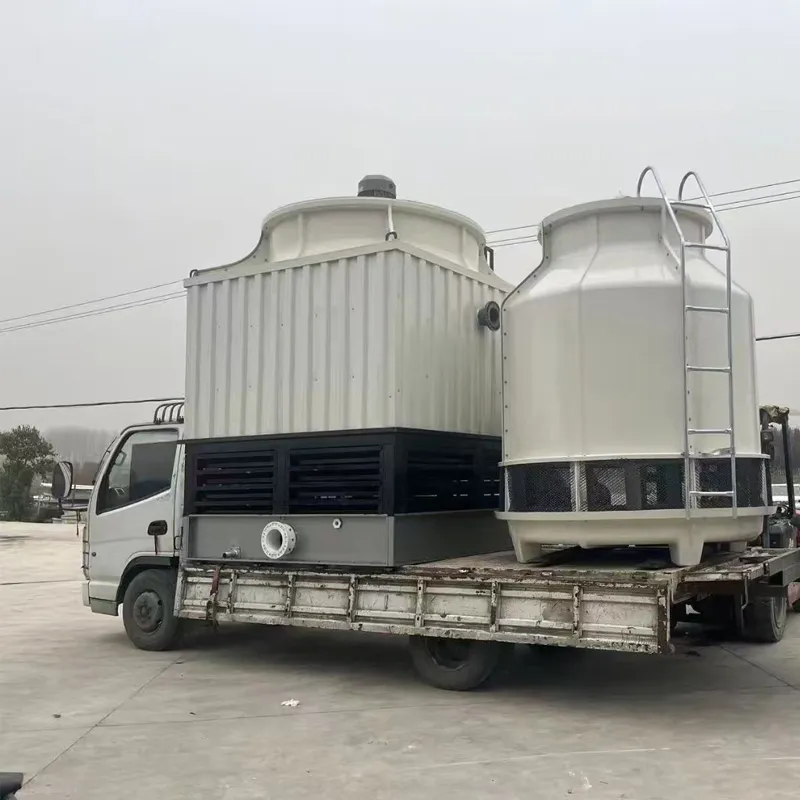
(a cooling tower)
FAQS on a cooling tower
Q: How does evaporative cooling work in a cooling tower?
A: Cooling towers use evaporative cooling by spraying warm water over fill media while pulling air through the structure. As water evaporates, it absorbs heat from the remaining liquid. This reduces water temperature by 10-15°F before recirculation.
Q: What distinguishes a cooling pond from a cooling tower?
A: Cooling ponds rely solely on natural evaporation from large water surfaces without mechanical airflow. Cooling towers enhance evaporation using fans and specialized fill materials in compact structures. Both dissipate heat but towers achieve superior cooling efficiency in smaller footprints.
Q: How does a closed cooling system integrate with a cooling tower?
A: Closed systems circulate clean coolant through sealed heat exchangers before transferring waste heat to a separate cooling tower water loop. The tower cools this secondary water stream through evaporation. This prevents contamination while leveraging the tower's efficient heat dissipation.
Q: Why are cooling towers more efficient than air-cooled alternatives?
A: Cooling towers exploit water's high latent heat of vaporization, removing 1,000 BTUs per pound of evaporated water versus 19 BTUs for dry air cooling. This allows significantly smaller equipment sizes. Evaporative towers also operate closer to ambient wet-bulb temperatures for superior thermal performance.
Q: What maintenance ensures optimal cooling tower performance?
A: Key maintenance includes regular water treatment to prevent scaling and biological growth. Fill media cleaning removes debris blocking airflow. Fan and drift eliminator inspections maintain designed airflow patterns. These practices preserve heat transfer efficiency and extend equipment lifespan.





Address
20 Xingyuan South Street, Zaoqiang County, Hengshui City, Hebei Province, China














